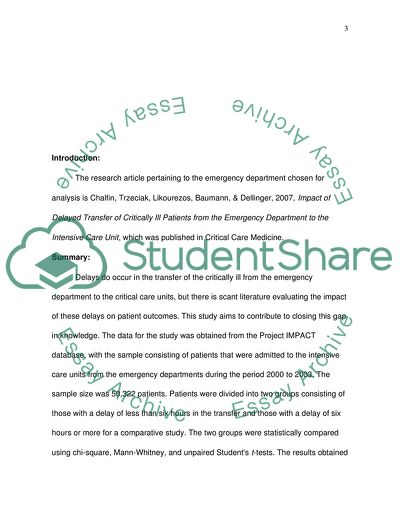Cite this document
(Impact of Delayed Transfer of Critically Ill Patients from the Emergen Article, n.d.)
Impact of Delayed Transfer of Critically Ill Patients from the Emergen Article. https://studentshare.org/nursing/1711602-nursing-research-article-analysis
Impact of Delayed Transfer of Critically Ill Patients from the Emergen Article. https://studentshare.org/nursing/1711602-nursing-research-article-analysis
(Impact of Delayed Transfer of Critically Ill Patients from the Emergen Article)
Impact of Delayed Transfer of Critically Ill Patients from the Emergen Article. https://studentshare.org/nursing/1711602-nursing-research-article-analysis.
Impact of Delayed Transfer of Critically Ill Patients from the Emergen Article. https://studentshare.org/nursing/1711602-nursing-research-article-analysis.
“Impact of Delayed Transfer of Critically Ill Patients from the Emergen Article”. https://studentshare.org/nursing/1711602-nursing-research-article-analysis.


